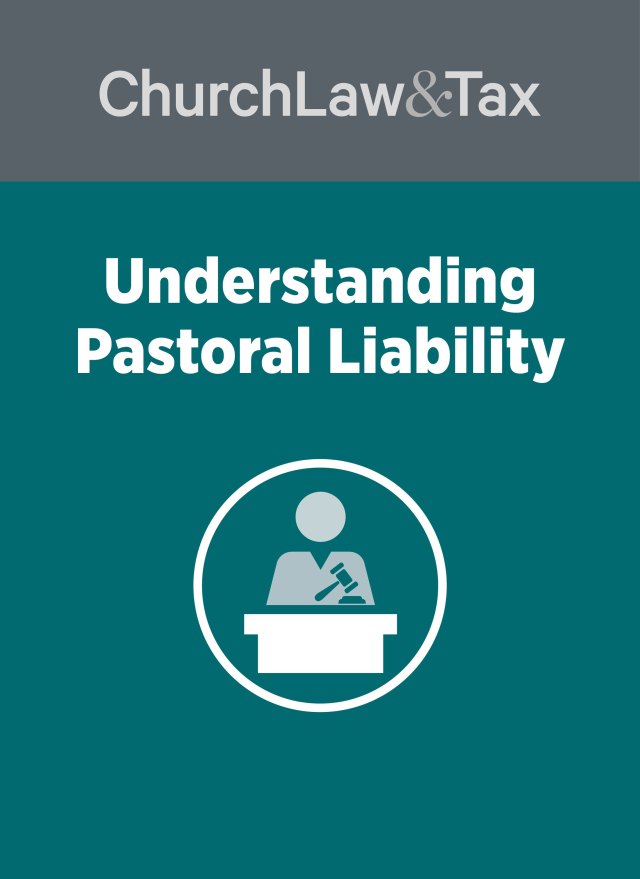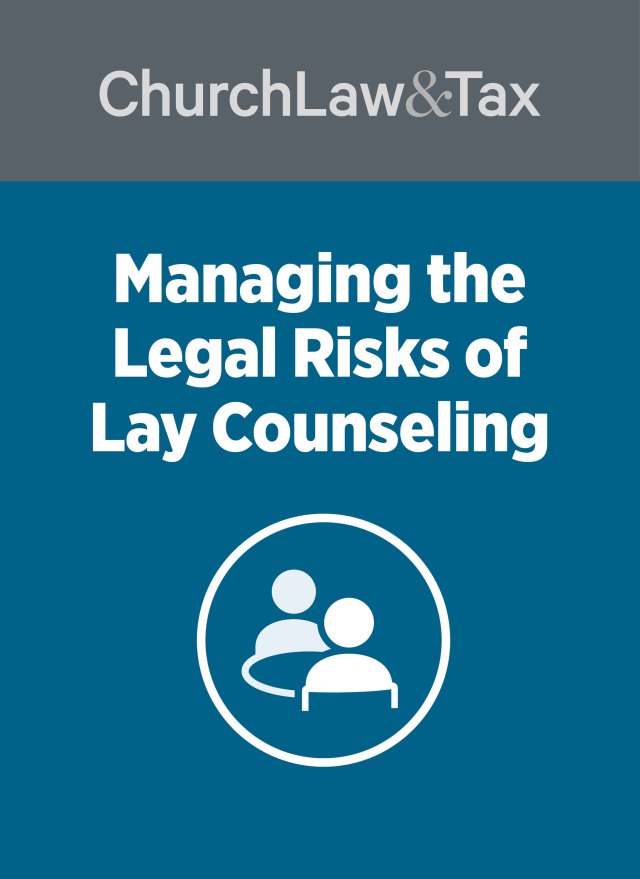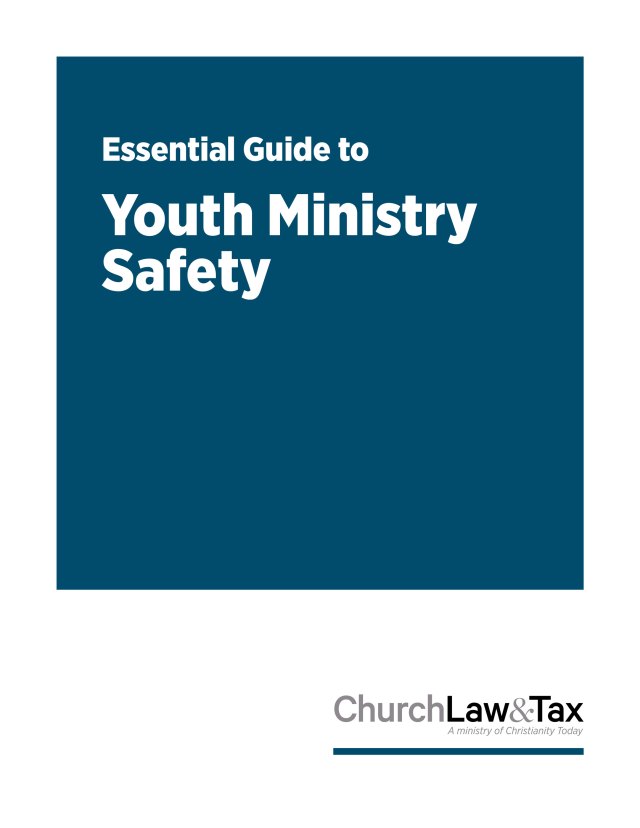• Key point. Adults who engage in sexual contacts with clergy during a counseling relationship may not sue their church after the statute of limitations has expired. Generally, the statute of limitations begins to run on the date of the last sexual encounter. In some states the statute of limitations does not begin to run until the victim “discovers” that he or she has experienced physical or emotional suffering as a result of the pastor’s acts. Other states do not recognize this so-called “discovery rule.”
A Washington state court ruled that the statute of limitations, and the first amendment, prevented three women from suing a pastor who had engaged in sexual contacts with them during counseling sessions several years before. In 1996, three women filed separate lawsuits against their former pastor and church, claiming that the pastor had engaged in inappropriate sexual contacts with each of them during private counseling sessions several years before. One of the women claimed that the pastor told her that the sexual part of their relationship was “just one more way to help [you] experience and know what ‘ultimate love’ really was, which in turn would help [you] lead a happier, more fulfilling life.” She “felt honored that a man of God who was so respected in the community had chosen [her].” She claimed that she “did not know that what [the pastor] was doing with [her] was something that pastors absolutely should not do with people who come to them for counseling.” The second woman claimed that the pastor had advised her to “overcome what he called [her] ‘good girl’ problem.” She felt ashamed of her sexual relationship with the pastor, but blamed herself. The third woman claimed that the pastor told her that “[i]t was through sinning … that we could experience the grace of God.” The women claimed that the pastor had been negligent in his pastoral counseling and had breached the fiduciary duty he owed them to act only in their best interests. The women also claimed that the church was responsible for the pastor’s acts since members of the church board were aware, or should have been aware, of the pastor’s misconduct but did nothing to intervene.
The pastor and church claimed that the women had filed their lawsuits after the statute of limitations had expired, and that any resolution of their claims by the civil courts would violate the first amendment guaranty of religious freedom. The women insisted that the so-called “discovery rule” extended the statute of limitation in their cases. They asserted they had not recognized that the pastor’s conduct was wrong until 1993, when they attended a church meeting in which allegations of the pastor’s inappropriate conduct with women were addressed. Until that time, they insisted that they did not know that their low self-esteem and inability to trust men or enter into relationships were the direct results of the pastor’s conduct. As for their claims against the church, the women argued that members of the church board concealed their knowledge of misconduct by the pastor, and these actions had the effect of suspending the statute of limitations. They also argued that resolution of their claims did not violate the first amendment because a court could decide them without interpreting church doctrine or practices. The women acknowledged that the statute of limitations for personal injuries in Washington is three years; that their last participation in inappropriate sexual acts with the pastor occurred in 1987; that the statute of limitations generally begins to run at the time of the last wrongful act, which in this case would have been 1987, meaning that their lawsuits should have been filed no later than 1990. However, the women all insisted that the statute of limitations was suspended until they “discovered” that their emotional injuries were caused by the pastor’s actions. In support of their position, the women introduced the affidavit of a licensed psychologist who stated that the women did not discover that their injuries were caused by the pastor until the congregational meeting in 1993.
The pastor countered by asserting that the women’s own testimony demonstrated that they were aware that they were being harmed by his actions. For example, one of the women testified that she was aware in 1987 that the adulterous relationship could have adverse consequences on her family as well as the pastor’s family. She also stated that going to the pastor’s home made her feel like “slime.” The other two women also testified that they were aware that the pastor’s actions were wrong at the time it was occurring, and threatened the stability of their marriages. They all testified to feelings of shame and guilt at the time they were engaging in sexual relations with the pastor.
A trial court dismissed the women’s lawsuits. The court noted that all three women ended their sexual conduct with the pastor in 1987, that counseling ceased no later than 1990, and that the women knew the sexual conduct was wrong and had caused them some emotional harm as illustrated by the fact they told no one of the conduct because they wanted to avoid public scrutiny. The court observed that the test for determining when the statute of limitation begins to run is when a plaintiff knows or should know, in the exercise of due diligence, the facts that give rise to the cause of action. The test does not require that a plaintiff recognize a breach of a legal duty or the existence of a legal cause of action. The court concluded that the women did not have to be aware that the pastor’s sexual conduct with them violated a counselor’s or fiduciary’s legal standard of care for the statute of limitations period to begin. The court concluded that the women’s lawsuit against the church for negligent supervision were also barred by the statute of limitations. It rejected their arguments that the statute of limitation was suspended by the fact that some members of the board of deacons had information about the pastor’s predatory behavior and concealed it. The court relied on the fact the church’s congregation, not its board, is responsible for hiring and firing the pastor. It held that because the women were all members of that congregation, they had implied knowledge of the facts. The court also concluded that it was barred by the first amendment from resolving the women’s claims, since any resolution of the women’s claims would force it to formulate a standard of care for a pastor’s work, or to determine whether a church was responsible for supervising a member of its clergy. In either case, the court would be “excessively entangled” with religion. The women appealed this ruling. A state appeals court affirmed the trial court’s ruling.
Statute of Limitations
The appeals court noted that the statute of limitations under Washington law for personal injuries is three years, and that this three-year period begins to run when a claim accrues. Under the discovery rule, a claim does not accrue until the plaintiff “discovers or reasonably should have discovered all of the essential elements of the possible cause of action.” The court concluded:
Here, the plaintiffs were all adults at the time of the alleged wrongful acts. It is undisputed that they considered the conduct to be wrong, at least in the sense that it had the potential of damaging their families and their own reputations if it became public knowledge. They also experienced psychological problems during and after the sexual misconduct, and they could have discovered the causal link between it and their injuries had they diligently sought treatment… . [T]he plaintiffs were aware of the wrongfulness of the conduct at the time it occurred, and, in the exercise of reasonable diligence, could have discovered the causal connection between the misconduct and their psychological injury before the statute of limitation had expired. In the circumstances present here, the trial court was correct in holding as a matter of law that the discovery rule did not extend the statute of limitation.
First Amendment
The court then addressed the women’s claim that the church was legally responsible for the pastor’s misconduct on the basis of negligent supervision. In support of their claim, the women attempted to prove that members of the church board were aware of the pastor’s predatory conduct, and yet did nothing to restrain him. Specifically, the women relied on the following evidence: A husband and wife served on the church board during the 1980s, and also served as advisors to the church’s college group. The wife learned that a young woman in the college group had complained to her that the pastor had attempted to kiss and fondle her in the church kitchen. The wife shared this incident with her husband, but neither revealed the information to anyone else. The wife later testified that she had serious doubts about the young woman’s truthfulness because she had admitted to having had “fantasies” involving men.
The church countered that the board, even though it was responsible for managing the religious and financial affairs of the church, had no authority to hire or to fire the pastor and as a result had no duty to supervise him. The church constitution sets forth the church’s governance. The members of the church board are elected by the congregation and are “responsible for the management of both its spiritual and temporal affairs.” The congregation chooses the pastor at a meeting called by the board. The constitution also provides that the congregation, by a vote of at least 51 percent, may terminate the pastor.
The court concluded:
The facts here do not require us to decide whether the first amendment forecloses all negligent supervision claims against churches based on the conduct of their ministers. In this case, the authority, as the pastor’s employer, belongs to all of the church’s members, who must act by majority rule if they are to discharge him or otherwise control his conduct. The determination of whether to impose liability on a church where the authority is so diffused would require the court to consider and interpret the church’s laws and constitution. To do so would violate the first amendment by entangling the judiciary with religion.
Application. This case is important for the following reasons: (1) It demonstrates the difficulty that adult victims of sexual misconduct face in filing lawsuits after the statute of limitations has expired. (2) The court rejected the women’s claim that the church was liable on the basis of negligent supervision for the pastor’s acts. It based this conclusion on the fact that the church board had no authority to hire or fire the pastor, and therefore had no authority to supervise him. This will be a useful precedent for church leaders to bear in mind if their church is sued as a result of the board’s alleged failure to supervise a pastor who is elected by the congregation. Germain v. Pullman Baptist Church, 1999 WL 539575 (Wash. App. 1999). [Seduction of Counselees and Church Members, Negligence as a Basis for Liability, Denominational Liability]
© Copyright 1999 by Church Law & Tax Report. All rights reserved. This publication is designed to provide accurate and authoritative information in regard to the subject matter covered. It is provided with the understanding that the publisher is not engaged in rendering legal, accounting, or other professional service. If legal advice or other expert assistance is required, the services of a competent professional person should be sought. Church Law & Tax Report, PO Box 1098, Matthews, NC 28106. Reference Code: m47 m29 m67 m37 c0599



